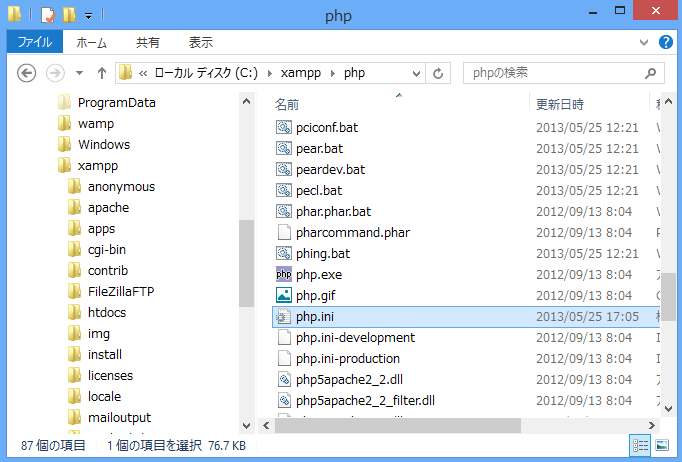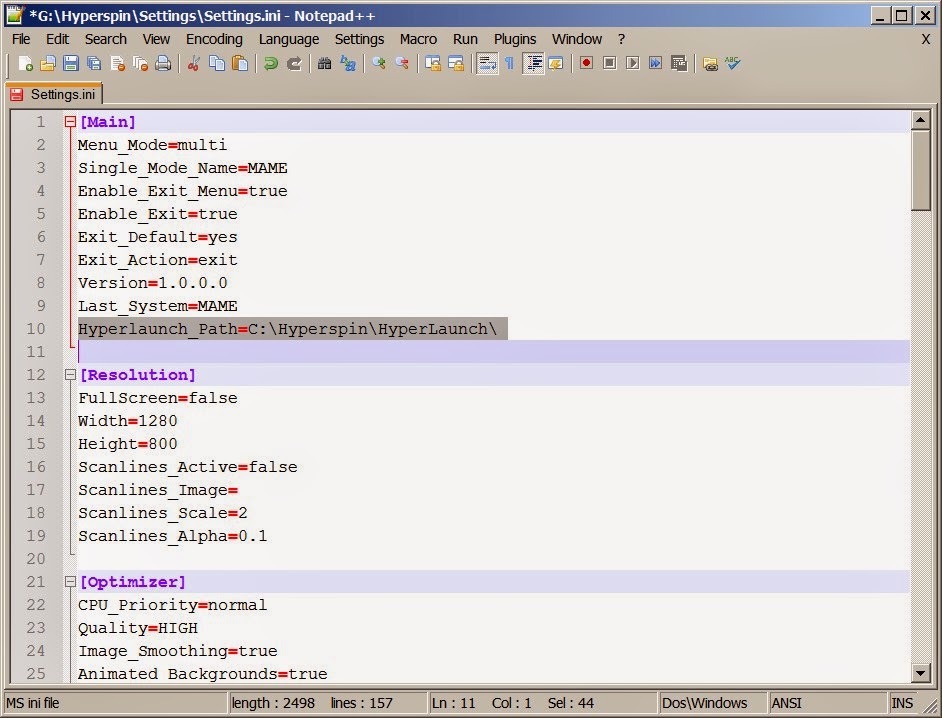

#Surgemail ini file how to
How to view your private keyĬhances are you’re not ever going to have to view your private key. You can now paste that key wherever you need it. Type C:UsersUSERNAME.sshid_rsa.pub | clip You can also do something similar to what we did on macOS (copying the SSH public key directly to the clipboard) using the type and clip commands like so: You can then use the Ctrl+c keyboard shortcut to copy the contents of the file. The above command will display your SSH public key. On Windows, you’ll use the type command to view your SSH public key like so:
#Surgemail ini file windows
How to view your SSH public key on Windows Once you’ve copied the key to your clipboard, you can paste it wherever you need it. You can copy the contents of the SSH key directly to the clipboard, without displaying the key, using the pbcopy tool. MacOS also has one more nifty trick up its sleeve. The above commands will print out your SSH public key. Open your terminal window and issue the command: Viewing your keys on macOS can be done in similar fashion as Linux. The above command will print out your SSH key on your Linux machine, without prompting you for your key authentication password. If you don’t want to have to memorize yet another command, you could simply use the cat command like so: Of course, that’s a lot of commands to remember, especially when you just need to view the contents of the public key. You can then copy that and paste it where you need. Upon successful authentication, your SSH public key will print out in the terminal. This is probably overkill for what you need, but it’s a good way to view the key, while requiring your SSH keypair password. The first method is a bit complicated, because it makes use of both ssh-agent and ssh-add commands. There are two easy ways to view your SSH public key in Linux. If those keys are a match, you’ll be allowed access. When you attempt to log in to that server, SSH will compare the public and private keys. The public key is that which you send to servers for SSH key authentication. That command will generate a key pair, both public and private keys. If you’ve not already created your SSH key pair, you can do so with the command: The only thing you’ll need for this is access to a server or desktop (Linux, macOS, or Windows) and an SSH key created. SEE: Identity theft protection policy (TechRepublic Premium) What you’ll need I want to show you just how easy it is to view those SSH keys, so you can use them for third-party services. For those who are new to the ways of SSH (or Linux, macOS, or Windows for that matter), the task might stump you. After all, this is pretty basic SSH stuff. You know you’ve created those SSH certificates, but how do you view them?įor those who are familiar with SSH, you probably already know the answer to that question. Why? Say, for example, you need to add a certificate for authentication in GitHub (or any other online service that requires SSH authentication). There will be times when you need to actually view your SSH certificates in Linux. Security incident response: Critical steps for cyberattack recovery (TechRepublic Premium)

The 10 best antivirus products you should consider for your business Pentagon finds concerning vulnerabilities on blockchain


 0 kommentar(er)
0 kommentar(er)
